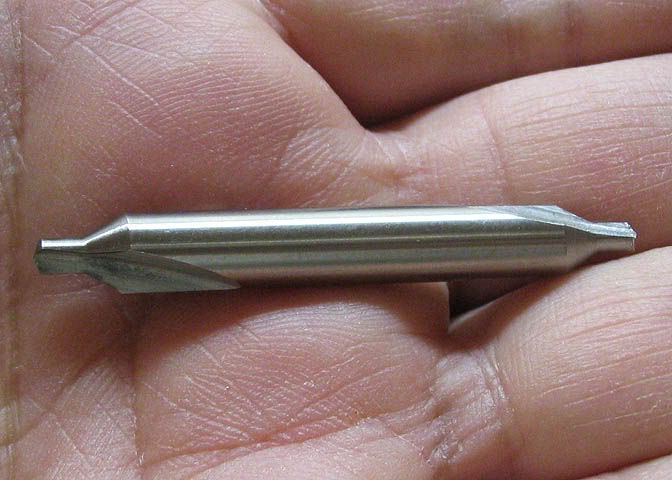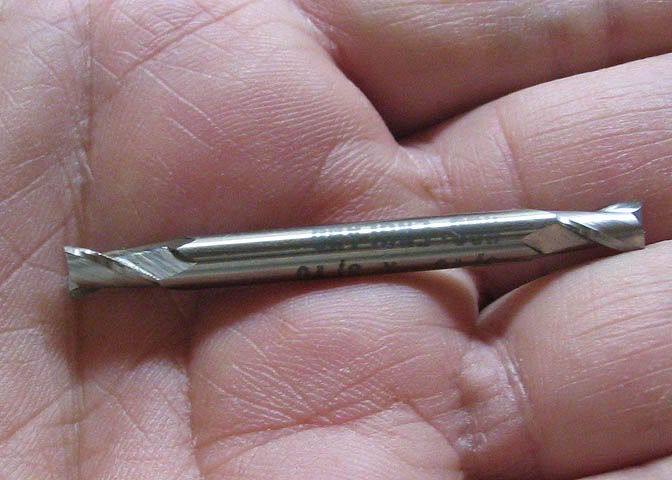student123
Well-Known Member
- Joined
- Oct 31, 2009
- Messages
- 183
- Reaction score
- 0
A boo-boo with a couple of follow up questions.
Following a tutorial dvd, I was looking for a centre drill bit to do my first pilot hole using my Taig lathe.
In a yellow packet there was what looked like the bit on the dvd.
It said the dimensions & "d/e stub".
I used it to drill a pilot hole.
The result looks ok, in so far as I can judge.
later I found:
http://www.super-tech.com/root/grp.asp?p1=Taig-Products
shows part TAIG-1230D . The part I used - a milling cutter bit.
Also I found:
http://www.mini-lathe.com/mini_lathe/accessories/accessories.htm
with pics of real centre drill bits
& I had a packet of those in the drawer..
so...
1) is there an easy way to tell the difference?
2) Also on
http://www.diytools.co.uk/diy/main/...t-hand.asp?iPriceRangeID=6&iCategoryID1=10844
it refers to
Dormer A225 3/4in BS7 HSS Centre Drill Right Hand
as right handed
why would it be called right handed when you can just turn it around??
Following a tutorial dvd, I was looking for a centre drill bit to do my first pilot hole using my Taig lathe.
In a yellow packet there was what looked like the bit on the dvd.
It said the dimensions & "d/e stub".
I used it to drill a pilot hole.
The result looks ok, in so far as I can judge.
later I found:
http://www.super-tech.com/root/grp.asp?p1=Taig-Products
shows part TAIG-1230D . The part I used - a milling cutter bit.
Also I found:
http://www.mini-lathe.com/mini_lathe/accessories/accessories.htm
with pics of real centre drill bits
& I had a packet of those in the drawer..
so...
1) is there an easy way to tell the difference?
2) Also on
http://www.diytools.co.uk/diy/main/...t-hand.asp?iPriceRangeID=6&iCategoryID1=10844
it refers to
Dormer A225 3/4in BS7 HSS Centre Drill Right Hand
as right handed
why would it be called right handed when you can just turn it around??






